Bluestreak cleaner wrasse (Labroides dimidiatus)
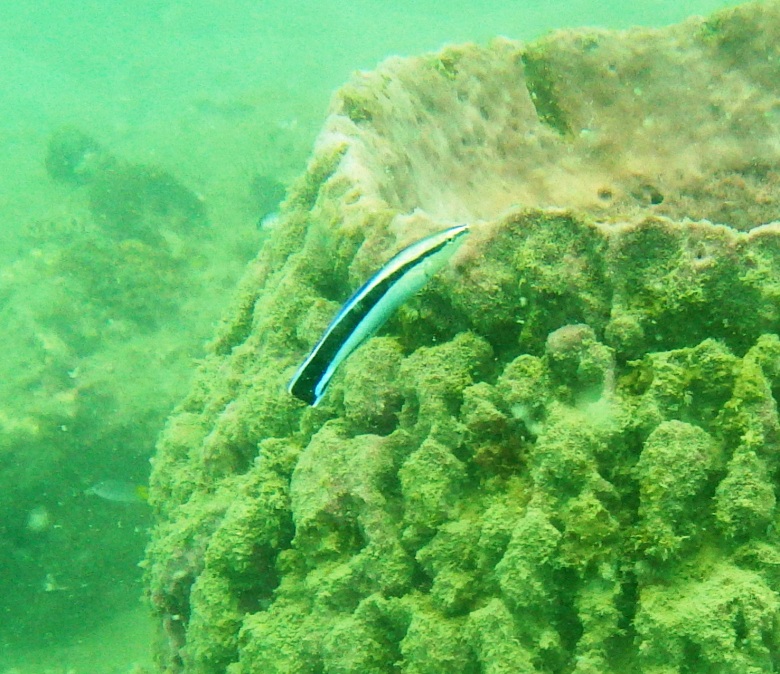
This clever wrasse has developed this smart way of not only getting food but also a not to be eaten policy. Cleaner wrasse remove the dead tissue, parasites and algae from larger fish that would normally eat fish of this wrasses size. However the service the wrasse provides keeps the larger fish healthier, Their distinct colours help larger fish to distinguish them from food. Other fish mimic the cleaner wrasses colouration, false cleaner wrasse & bluestreak fangbenny (blennies). Their presence causes upset to their models as Blennies are carnivorous and remove chunks of tissue from unsuspecting fish including the cleaner wrasse themselves.
Chain lined wrasse (Halichoeres leucurus)
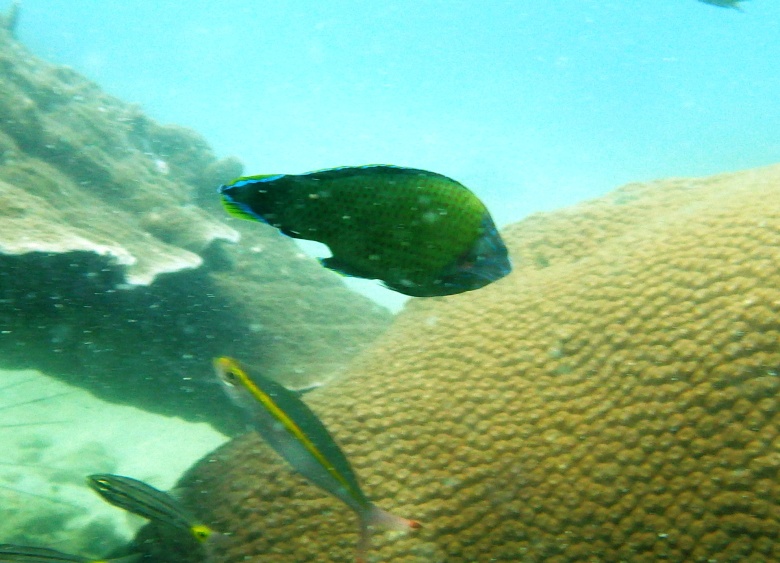
A common sight around the reef but quite commonly seen alone. They vary in colour but their name comes from the juvenile patterns along their body. The feed on small benthic invertebrates in the reef.
***Further research required***
Checkerboard wrasse (Halichoeres hortulanus)
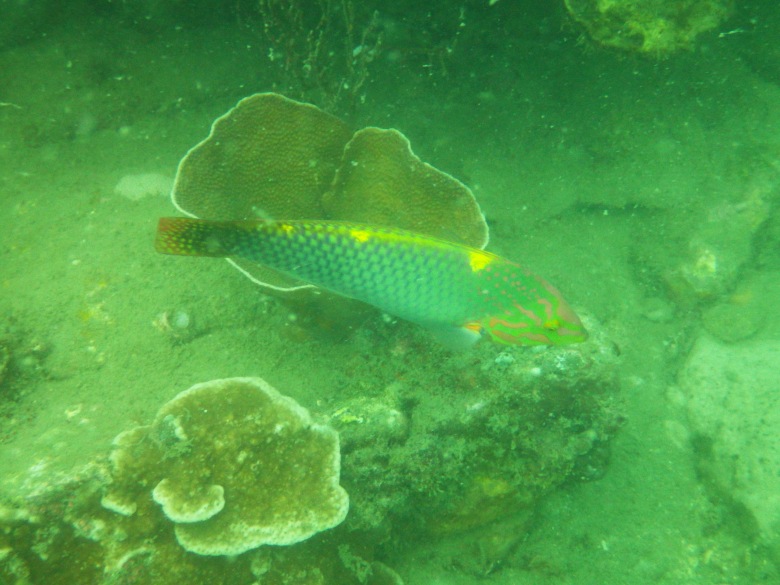
The checkerboard wrasse is quite distinct from it’s relatives with its contrasting blocks of blue and green, with a yellow stripe and spots along it’s back. They are also benthic feeders consuming small invertebrates from the sand. did you know that most wrasses species all start off as females and when they reach maturity; 12.8 cm in length they develop into males.
Creasent wrasse (Thalassoma lunare)
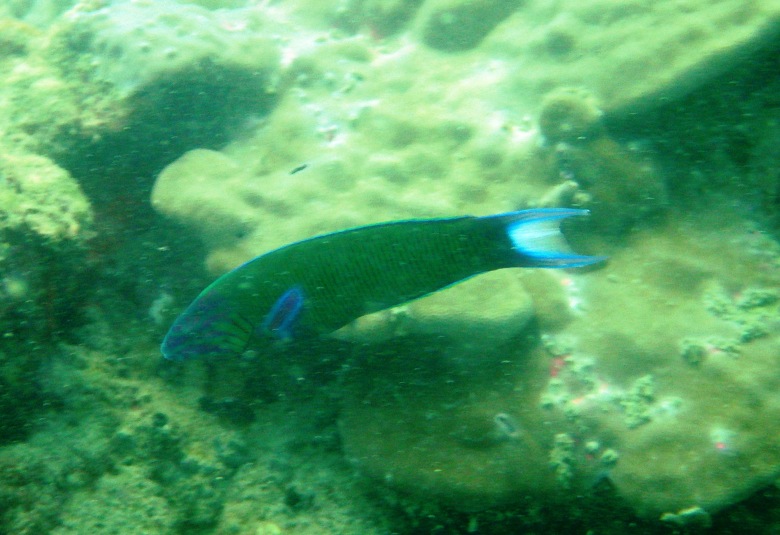
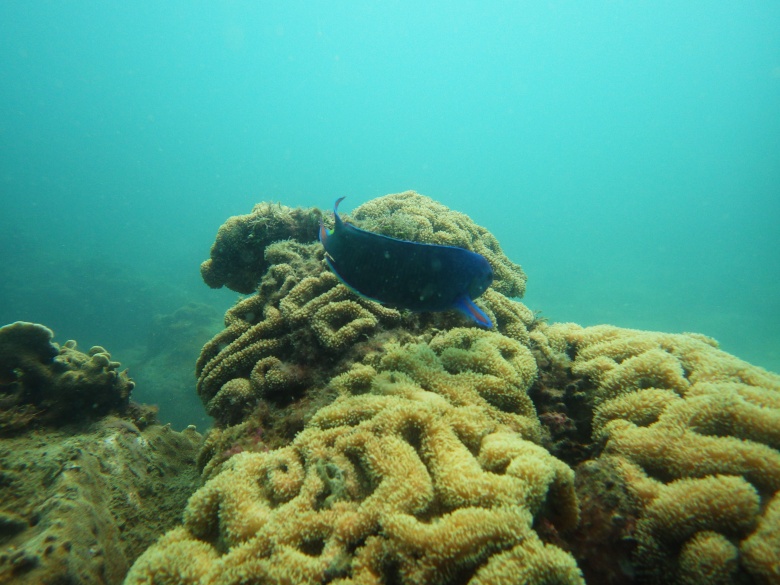
This is a very active species that inhabits the reef, they are constantly swimming in and out of the reef feeding on fish eggs and small invertebrate in the sand or chasing away other fish as they are rather territorial. They vary in colour between some individuals, which is believed to be sexual diamorphism. This species lives in a male dominated harem and the alpha is brightly coloured but at low tide he changes to a deep blue and asserts his dominance in the group by chasing and nipping the individuals in his harem.
Pastel green wrasse (halichoeres chloropterus)
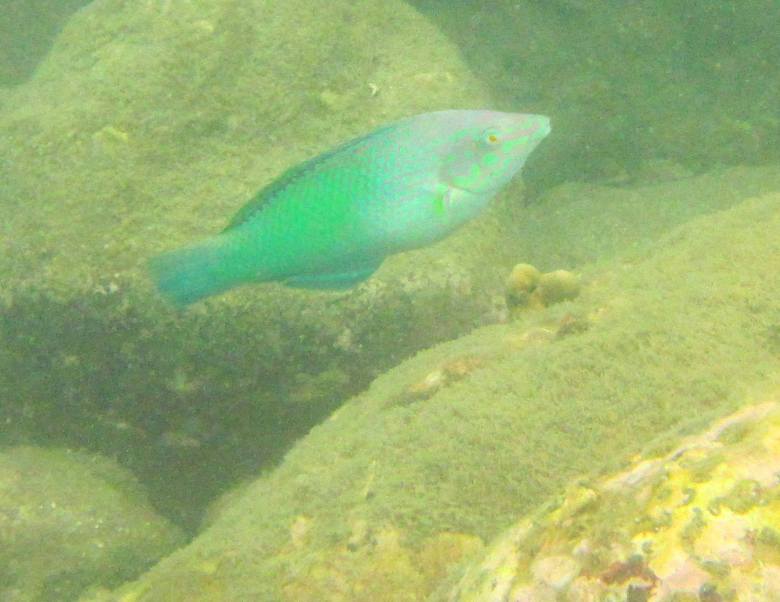
Not as common as some of it’s relatives but this species is inquisitive yet cautious. On many clean up dives this individual will follow the divers feeding on any algal growth/ detritus that falls from what’s collected, but will dash off when they feel you are too close. Their colour and patterns varies between habitat types. The picture to the left is indicative of a habitat high in algal growth. Pale colouration or sometimes with barring is indicative of rubble dominated habitats.
Red-breasted wrasse (Cheilinus fasciatus)
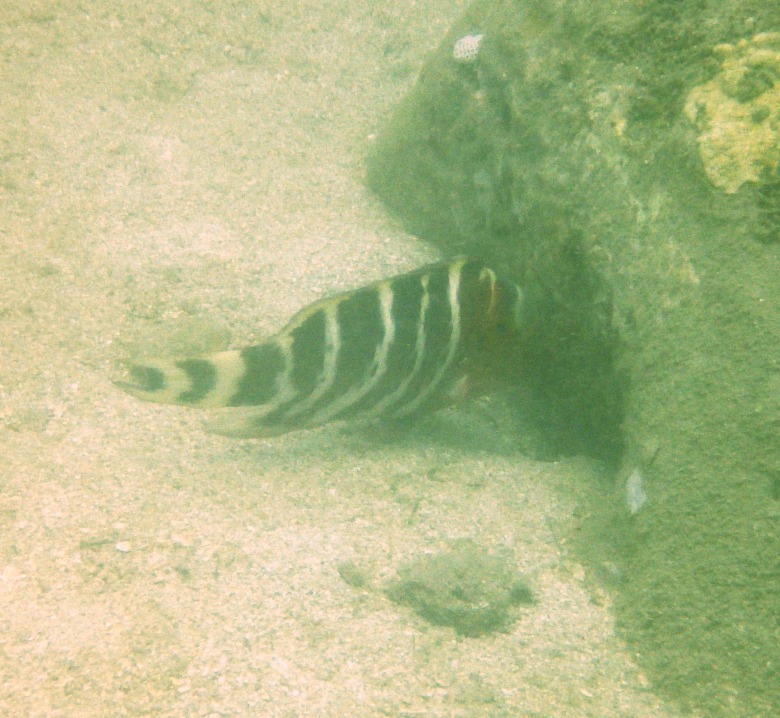
This beautiful species is quite uncommon to see. They are usually seen alone swimming in and around the reef. Distinguished by their red face, black and white barring along their body. They are quite timid and will swim away if they feel divers are too close. They feed on crustaceans, sea urchins, hard-shelled invertebrates, and mollusks in the sand and on the substrate. Helping to regulate fast growing populations.
Tripletail Wrasse (Cheilinus trilobatus)
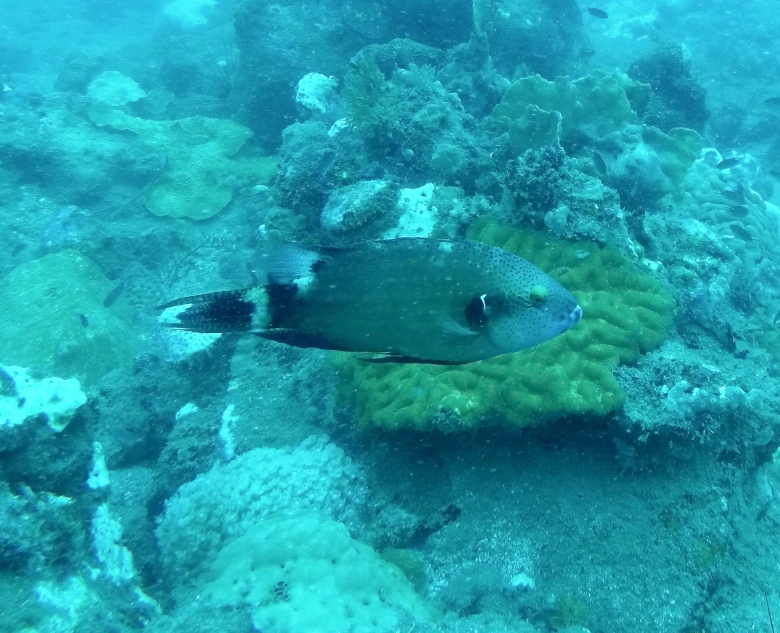
Commonly found at site with dense coral cover but easily slip out of sight as their colouration is prefect for blending into the coral habitat. it’s name comes from the tail formation in adults developing triple lobes. Mollusc’s and crustaceans are their main diet but they will take a small fish if the opportunity arises. Males are generally brighter in colour with a shine to them, but their patterns are very similar. Juveniles hide in algal reefs hiding in stinging corals for protection.
Thicklip Wrasse (Hemigymnus melapterus)
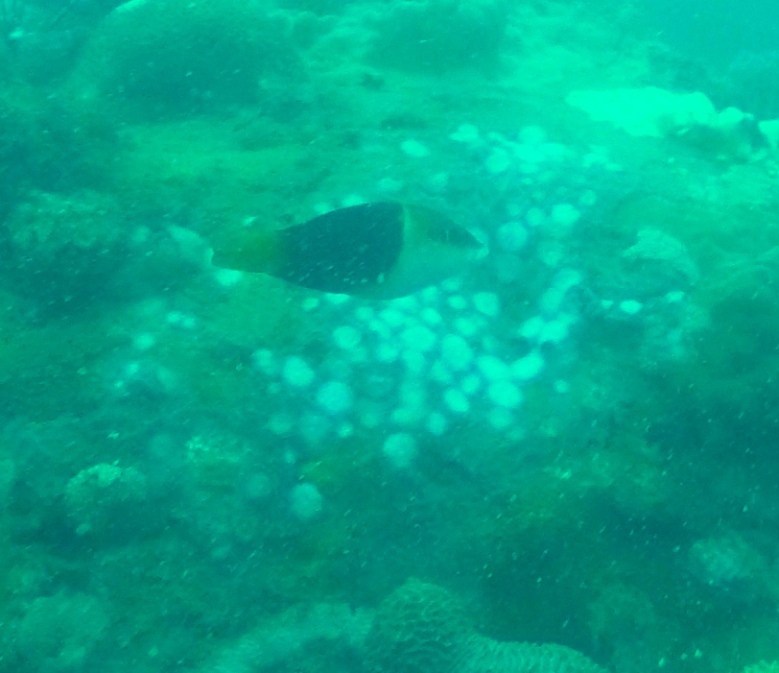
On the island this species is also called the Picasso wrase for it’s distinct colouring. the picture detailed is a female, as they mature into males they grow in size and the scales along their body become more highlighted and distinguished between each scale. Mostly found alone they are shy creatures. They feed on crustaceans, molluscs, worms and echinoderms on or in the substrate.
Weedy Surge Wrasse (Halichoeres Margaritaceus)
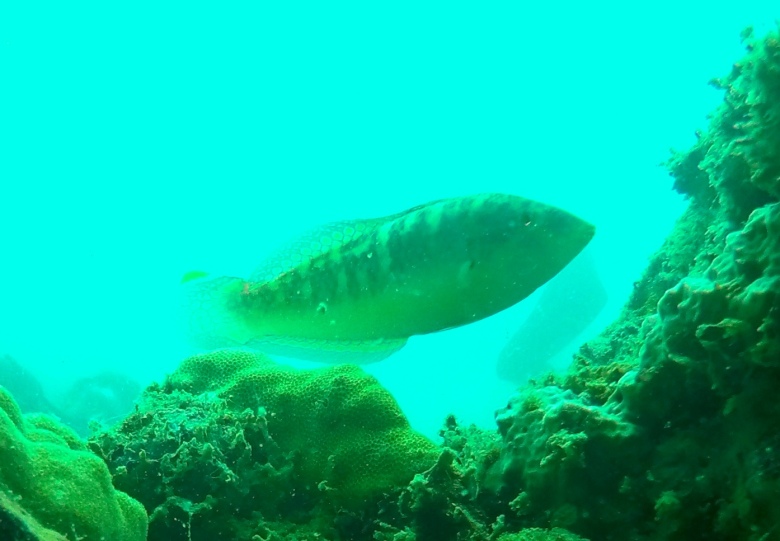
A common site on any coral reefs around the island. They are quite inquisitive and as their name states they prefer habitats with weeds and exposed to surge, most likely due to the variety of food that is available in this area. It feeds on benthic crustaceans, mollusks, polychaetes (worms), fishes and fish eggs.